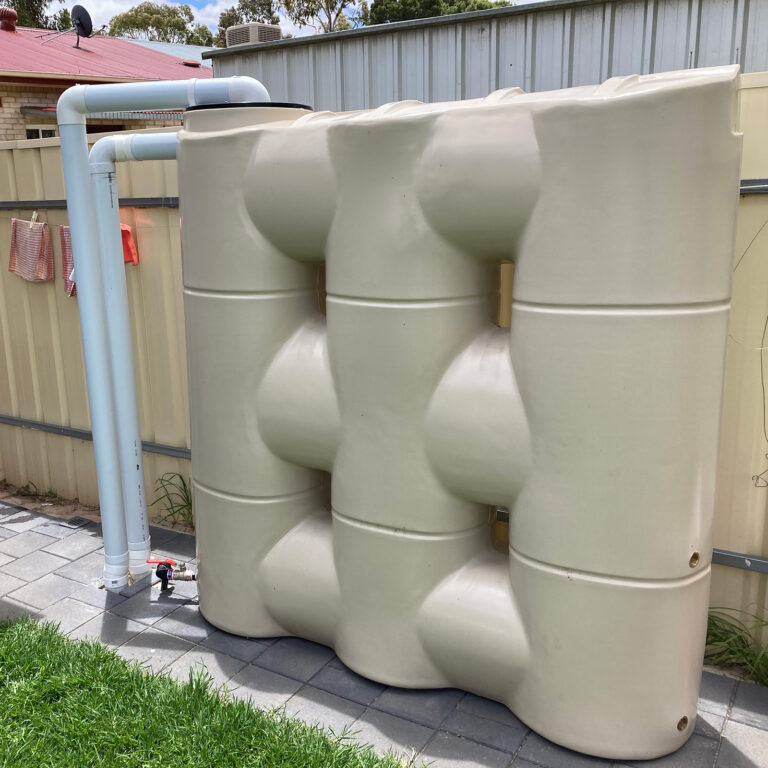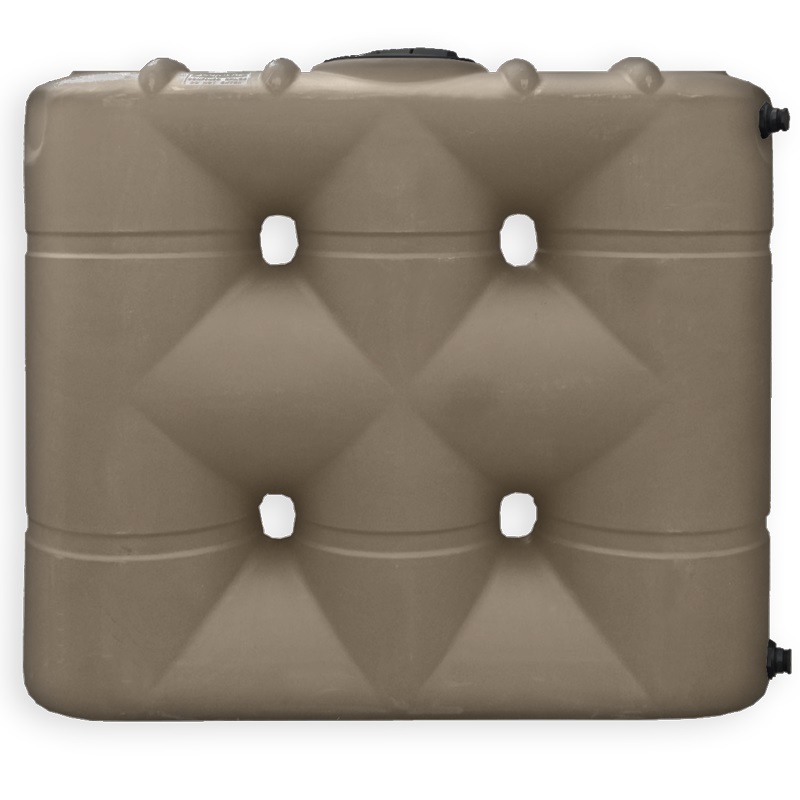Budget Friendly Slimline Water Tanks: Maximize Your Rain Harvesting
Budget Friendly Slimline Water Tanks: Maximize Your Rain Harvesting
Blog Article
Understanding the Importance of Rain Containers in Drought-Prone Regions for Water Safety
In areas prone to extended droughts, the function of rainwater containers in reinforcing water security is a topic of expanding relevance. As communities come to grips with the challenges of water deficiency, comprehending the value of these storage tanks goes beyond mere collection of rain. Rainwater storage tanks serve as a vital tool in mitigating the influence of water shortages by supplying a lasting resource of water for various requirements. The real worth of rainwater containers extends much beyond plain storage; it includes resilience-building procedures and the promo of long-lasting water preservation approaches. This multifaceted strategy to water safety and security warrants a closer assessment of the duty rain storage tanks play in making certain a dependable water throughout times of drought.
Advantages of Rainwater Tanks
Making use of rainwater tanks offers a lasting remedy for enhancing water supply and boosting water safety and security in domestic and industrial settings. One of the main advantages of rainwater storage tanks is their ability to lower reliance on mains water supply.

Rain Harvesting Strategies
Rain gathering methods include an array of techniques developed to effectively accumulate and store rainwater for different purposes, contributing to water conservation and sustainability. Another popular technique is the use of above-ground or underground storage containers to save rainwater for later use.

In addition, rain yards and absorptive pavements are innovative techniques that involve landscaping or paving surface areas in such a way that allows rain to percolate right into the ground, renewing groundwater gets. Additionally, contour farming and terracing are agricultural practices that help catch rain and protect against dirt erosion in hilly terrain. By implementing these diverse rainwater harvesting strategies, areas can improve water security and strength in drought-prone regions while promoting lasting water monitoring practices.
Importance of Water Protection
Making sure reputable accessibility to tidy and sufficient water sources is vital for maintaining human health, financial growth, and ecological wellness. Water safety is a critical facet of societal strength, especially in regions vulnerable to droughts and water deficiency. Sufficient water protection incorporates numerous measurements, consisting of availability, high quality, and ease of access of water for residential, agricultural, industrial, and ecological needs.
Water protection plays a crucial duty in promoting public health by reducing the occurrence of waterborne conditions and making certain hygiene centers. Economically, water safety and security is crucial for farming productivity, industrial procedures, and general financial growth. Slimline water tanks. Water safety is very closely connected to ecological sustainability, as look what i found it supports environments, biodiversity, and total environmental balance.
In drought-prone areas, water protection becomes much more vital as a result of the increased risk of water lacks. Executing techniques like rainwater harvesting, water recycling, and effective water administration practices can substantially enhance water safety in these areas. By prioritizing water safety and security, communities can better endure the influences of climate modification, populace growth, and other obstacles that threaten water availability.
Enhancing Water Resilience
With raising international water difficulties, developing resilience in water systems has become a vital focus for lasting advancement initiatives. Enhancing water durability involves implementing strategies to ensure water accessibility and top quality despite changing environmental conditions, such as dry spells, floods, and contamination.
One secret aspect of improving water resilience is advertising the usage of rain tanks in drought-prone regions - Slimline water tanks. Rain storage tanks work as an efficient methods of catching and storing rain for later use, decreasing dependence on limited freshwater sources throughout dry periods. By including rain harvesting systems into water monitoring plans, areas can improve their discover here ability to withstand water shortage and preserve water security

Sustainable Water Preservation
In the middle of intensifying water obstacles, the prudent administration of water sources through sustainable conservation methods is essential for making sure lasting ecological security and social well-being. Sustainable water conservation requires the effective usage of water resources to meet present requirements without compromising the capability of future generations to discover this fulfill their own requirements. By executing techniques such as rain harvesting, greywater recycling, and water-efficient modern technologies, communities can minimize water wastefulness and relieve stress on freshwater sources.
Furthermore, sustainable water preservation methods add to ecosystem wellness by maintaining sufficient water degrees in rivers, lakes, and marshes, sustaining biodiversity, and protecting natural environments. These techniques likewise play a critical function in mitigating the effects of climate modification by aiding to adjust to transforming rainfall patterns and water schedule.

Verdict
To conclude, rain tanks play an important role in improving water safety and security and strength in drought-prone areas. By using rainwater harvesting techniques, neighborhoods can minimize their dependence on traditional water resources and advertise lasting water preservation techniques. This not only assists alleviate the impacts of water deficiency throughout dry spells however additionally adds to long-lasting water protection and resilience in the face of environment adjustment obstacles.
Report this page